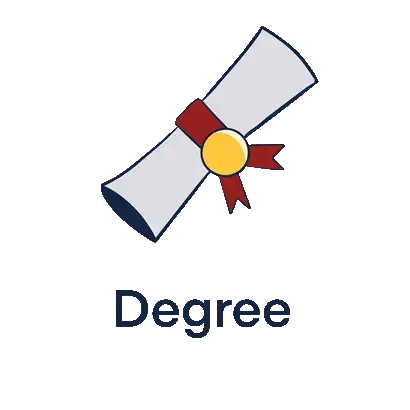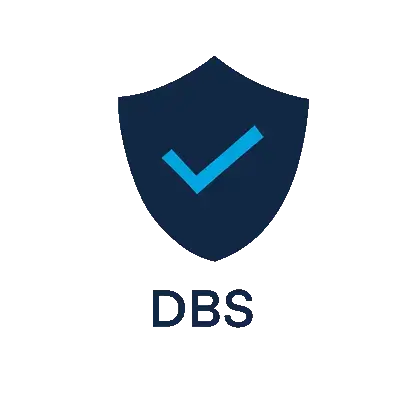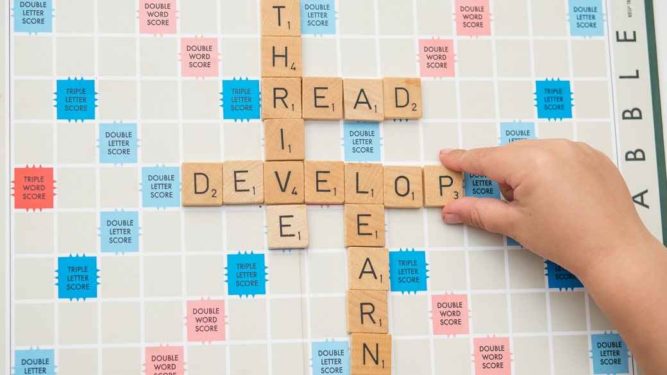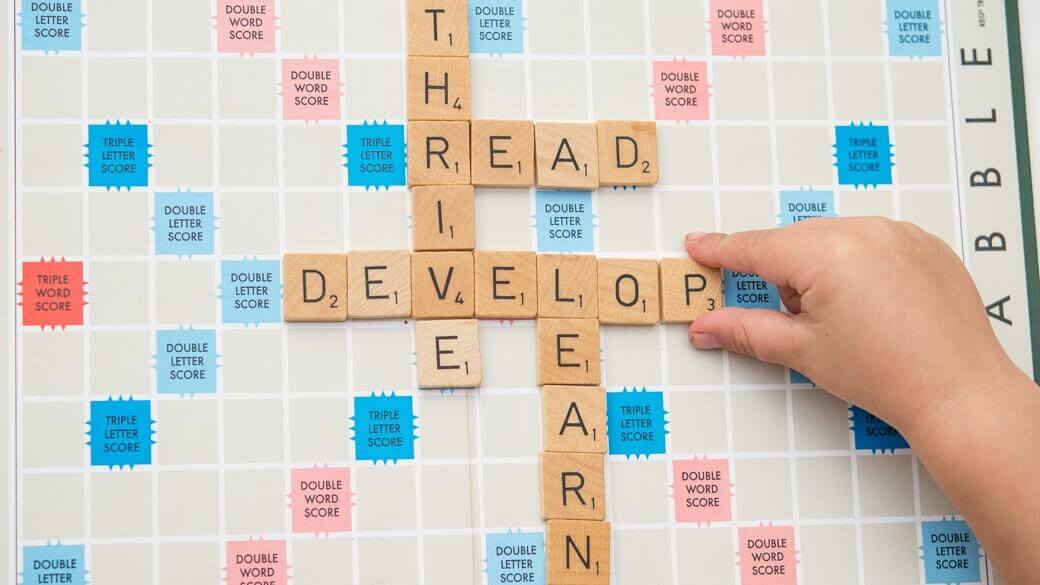What are the differences between the 7+ and 8+ exam?
Sitting the 7+ and 8+ exam can be a daunting prospect, so it is important that children become familiar with working under strict time constraints before the exam. There is significant competition for entry into schools at both 7+ and 8+. For example, for every one place at Westminster Under or Colet Court, 8 or more boys sit the entrance exam.
Sitting the 7+ and 8+ exam can be a daunting prospect, so it is important that children become familiar with working under strict time constraints before the exam. There is significant competition for entry into schools at both 7+ and 8+. For example, for every one place at Westminster Under or Colet Court, at least 10 boys sit the entrance exam. Many schools also offer 4+ entry, and are therefore oversubscribed at 7+ and 8+. It is important to talk to your tutor about the school you are aiming for, and whether your child can resit at 8+ if they are unsuccessful at 7+.
Both the 7+ and 8+ exams require pupils to sit an English and Maths examination, and some a Reasoning test. Prospective pupils will be assessed on their ability to work independently on timed exercises, and they will also be assessed on how they react and socialise with fellow prospective students and staff members.
The 8+ exam is more intensive in that pupils will be assessed on their knowledge and abilities within the full Year 3 Maths syllabus and will also be expected to write at length using a range of vocabulary and punctuation. 8+ exams may also feature separate punctuation and spelling tests. To be successful in the 8+ exam, prospective pupils are expected to know at least the Key Stage 2 English word lists for Years 3 and 4.
Which schools offer entrance at 7+ and/or 8+?
St Paul’s Junior
Offer 54 places per year for 7+ and an unspecified number at 8+. Both are standard entry points.
Westminster Under School
Offer entry at 7+ (22 places), and 8+ (22 places). Westminster Under mention that those applying for entry into Year 4 should have a firm knowledge of multiplication facts and that their writing should show accuracy and sophistication.
Alleyn’s
Offer 8-10 places at 7+. There are occasional places at 8+ but there is another entry point at 9+.
Haberdashers’ Boys’ School
Offers around 20 places at 7+. There may be occasional places at 8+.
Haberdashers’ Girls School
Offers around 10 places at 7+. There may be occasional places at 8+.
King’s College Junior School
Offer entry at 7+ and 8+. For both 7+ and 8+ entry, following format written assessments, King’s College offer activity mornings in which the school can get a clearer picture of your child’s personality and abilities. There are 54 places available at 7+, and approximately 14 places at 8+.
Wetherby Prep School
Wetherby has a one class intake of between 12 and 16 boys at Year 3 (7+) and a three class intake of 70 boys at Year 4 (8+). Wetherby Pre Prep boys automatically feed into the school at Year 4.
Dulwich College
There are 45 places available at 7+ (15 or 16 boys in each of three forms). Dulwich College does not currently have any places at 8+ as they are oversubscribed.
City Junior School
City Junior School is a new school and offers a number of places for 7+ entry into Year 3. There are occasional places available at 8+ as the school grows.
North London Collegiate School
Offer entry at 7+. Each year, 8 to 10 girls join Year 3 of the Junior School.
Sussex House
Offer 36 places per year for entry at 8+.
Highgate
Offer entry at 7+. In 2024 there will be places for approximately 50 boys and girls to join approximately 60 children from Highgate Pre-Prep School.
What is the difference between the 7+ and 8+ Maths exam?
The 7+ Maths assessment is in line with the Year 2 Maths syllabus, whereas the 8+ maths assessment is based on the Year 3 syllabus. Both 7+ and 8+ Maths exams have mental arithmetic, written and problem-solving components. The timings of the paper are typically the same and the importance of showing working is highlighted. The table below shows clear differences between what is expected of pupils at 7+ or 8+. When assessing both 7+ and 8+ Maths papers, schools are looking for children to have strong problem solving skills and an ability to apply skills and analyse problems in unfamiliar contexts.
| Area | 7 Plus (7+) | 8 Plus (8+) |
|---|---|---|
| Numbers and the number system | Count on and back in 2s, 3s etc – 10. Recognise 2 digit multiples of 2,5 and 10 | Count on and back in tens and hundreds. Recognise 3 digit multiples of 2,5 and 10. |
Place value and ordering | Read and write three digit numbers in figures and words. | Read and write four digit numbers in figures and words |
Estimating and rounding | Round two digit numbers to the nearest 10. | Round two digit numbers to the nearest 100. |
| Fractions | Recognise halves and quarters. | Recognise halves, thirds, quarters, fifths, sixths and tenths. |
| Mental arithmetic | Add three single digit numbers. Add and subtract 20. Multiplication questions (2,5 and 10 times tables) | Add three or four single digit numbers mentally, or three or four two digit numbers. Add and subtract to 30. Multiplication questions (2-10 times tables) |
What is the difference between the 7+ and 8+ English exam?
The English exam content at 7 Plus and 8 Plus will largely look quite similar. At both levels, students may be expected to write a composition and complete a comprehension exercise. However, at 8 Plus, candidates will be expected to write at length using a wider range of vocabulary and punctuation. The comprehension exercise will also most likely be based on a “tougher” text. 8 Plus exams may also feature separate punctuation and spelling tests. To be successful in the 8+ exam, prospective pupils are expected to know at least the Key Stage 2 English word lists for Years 3 and 4. It is worth noting that some schools are replacing the composition exercise with a dictation.













Start the discussion!